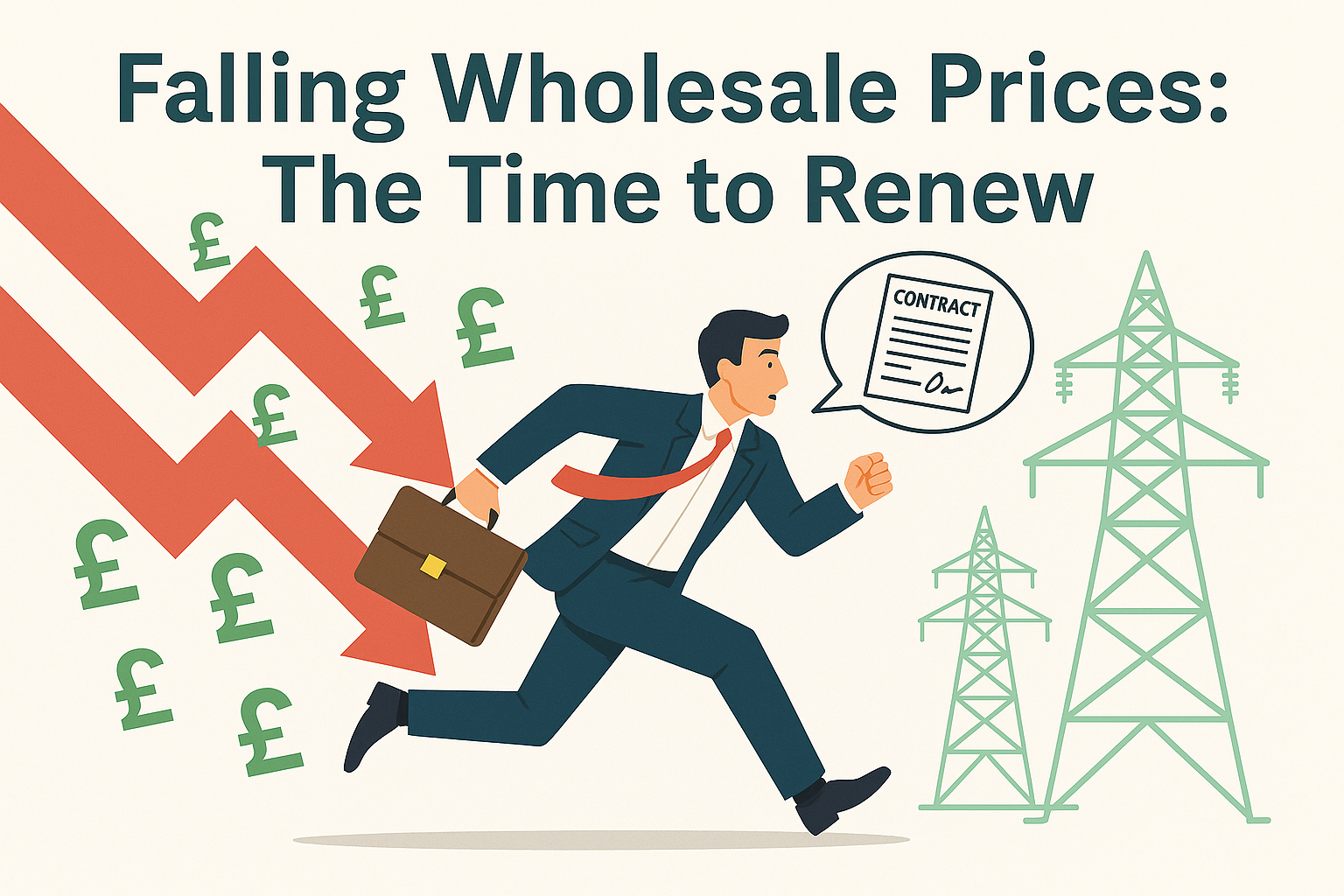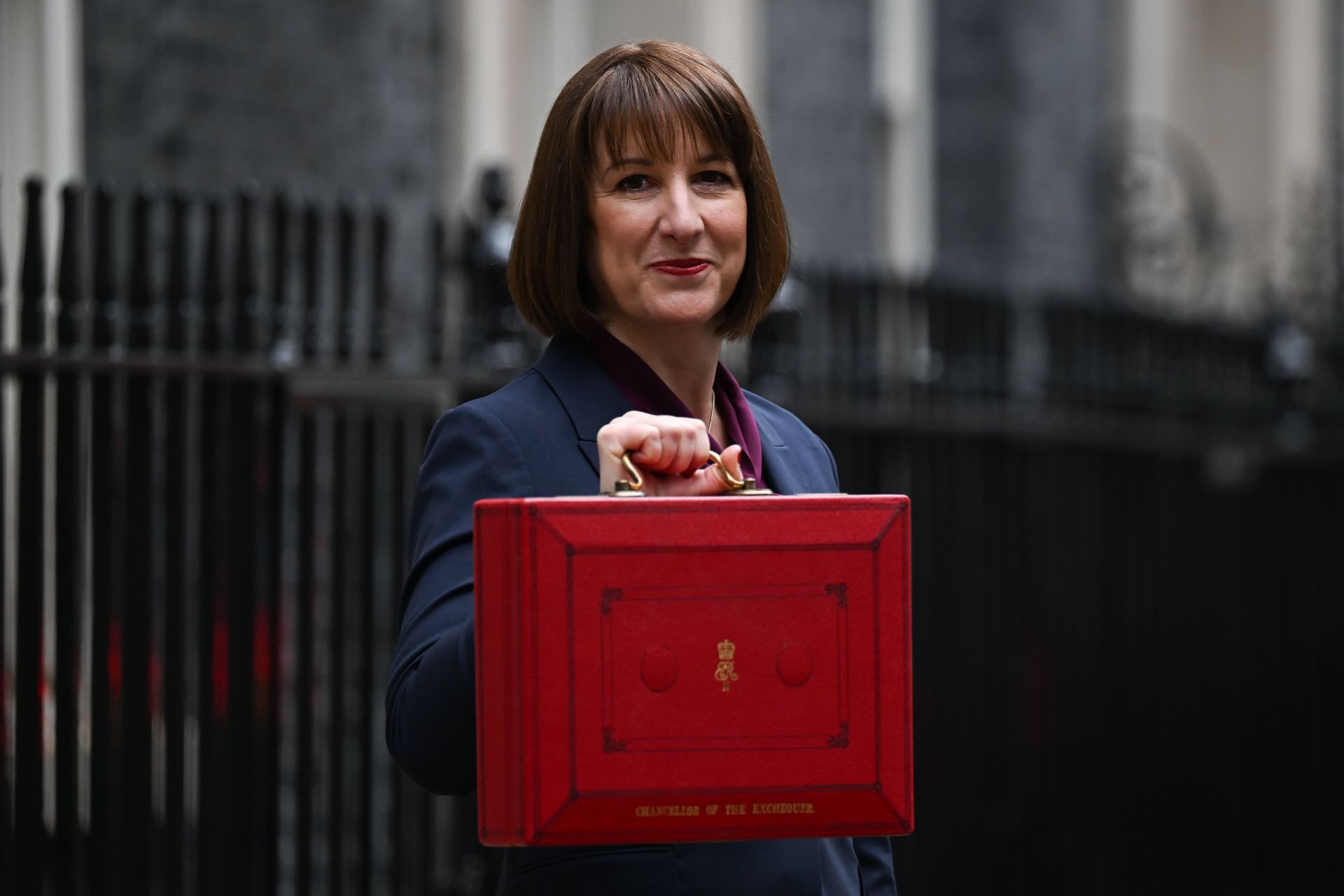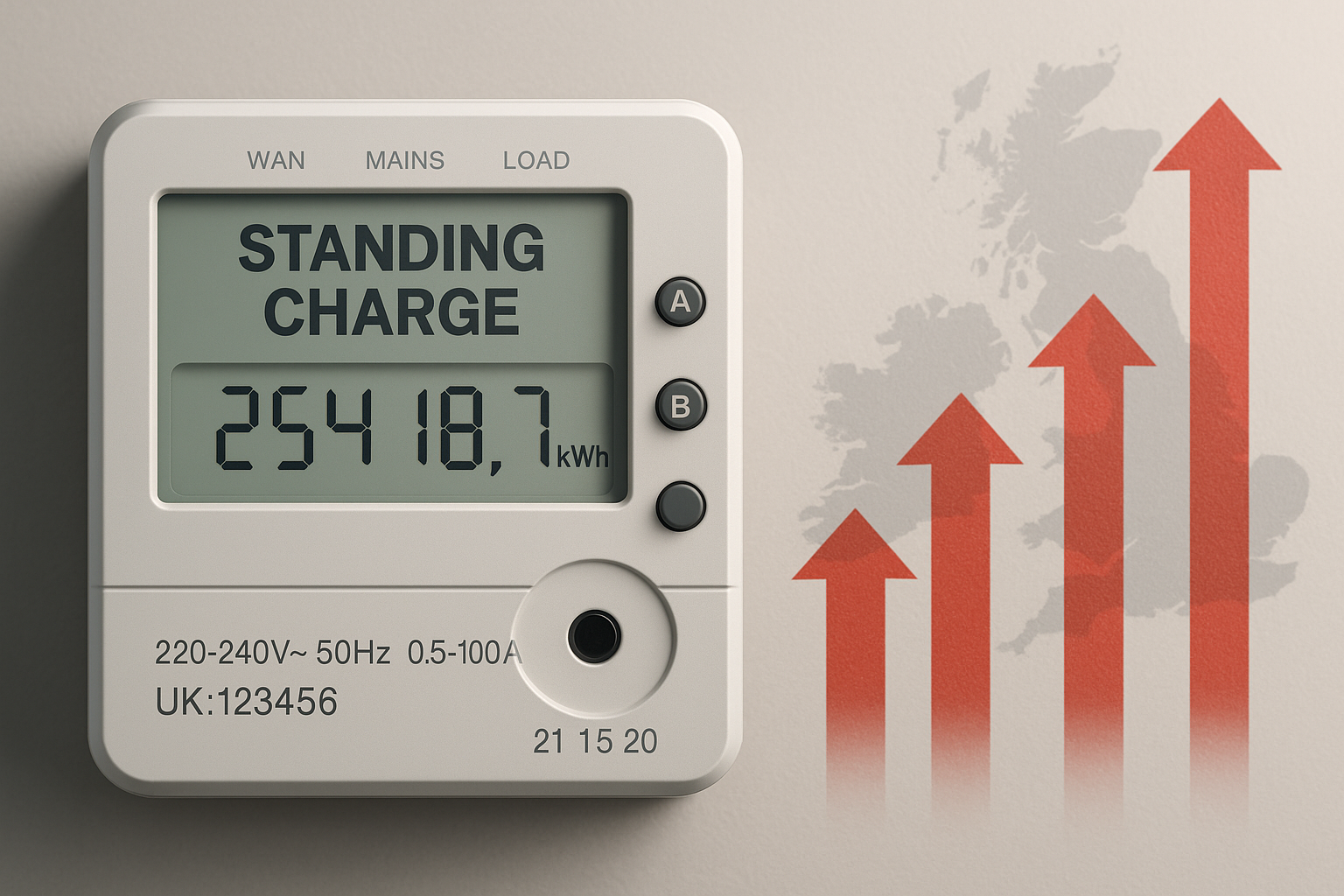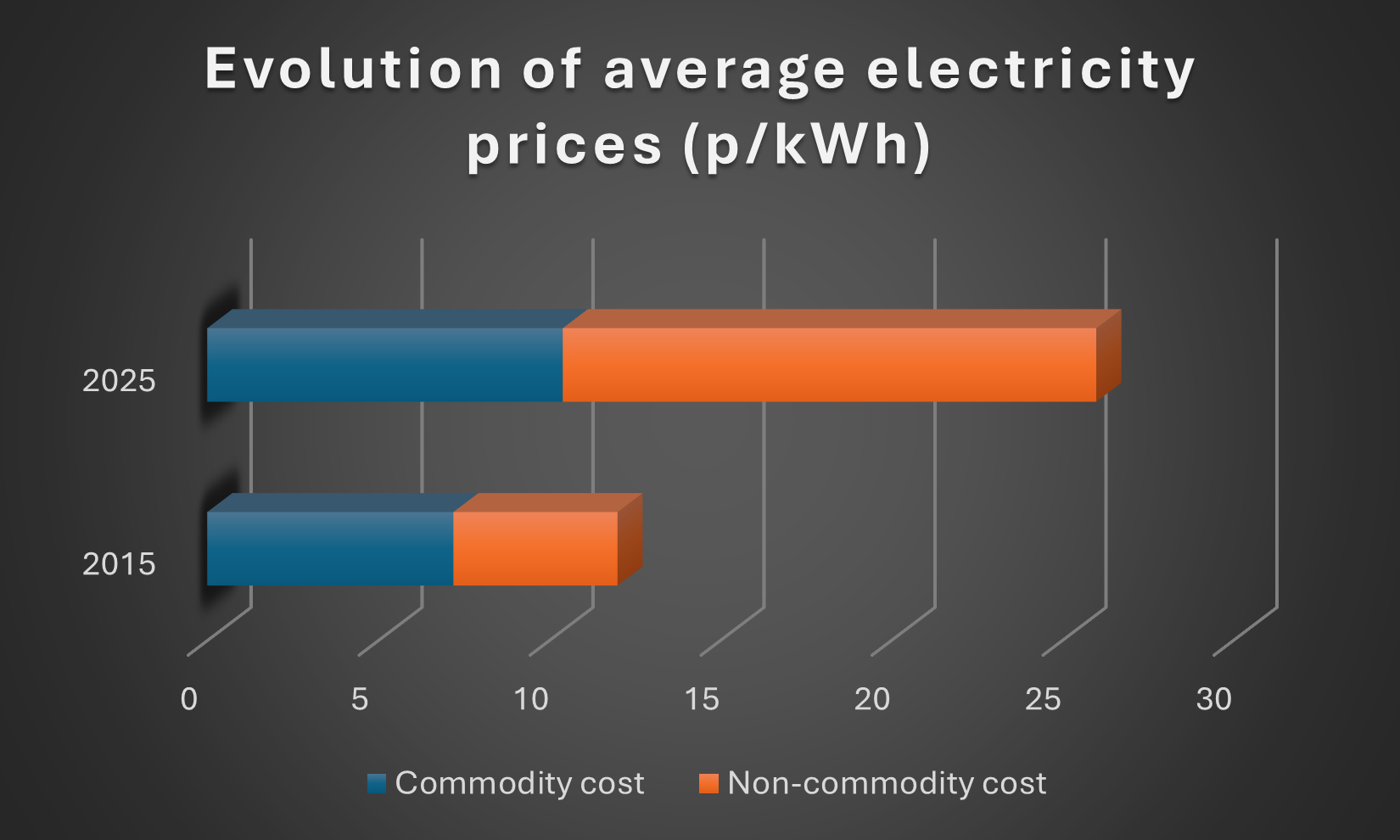December Review
December Review
By Adam Novakovic
While Santa may not have brought you everything you desired this Christmas, there was plenty of festive cheer regarding UK energy prices. Both gas and electricity fell throughout the month, with wholesale prices going into January down approximately 25% since the beginning of December.
Energy prices had begun to drop at the end of November and that continued throughout the final month of 2023. A combination of well-stocked gas-reserves throughout Europe, and milder than expected weather conditions, served to reduce the fears that had been propping up prices. As we move into 2024, the weather is expected to steadily improve from after the 2nd week of January, meaning most of the reserve supply will remain untouched. This will leave the UK in a healthy position as LNG imports continue to arrive, and gas flows from Norway remain steady.
As we’ve seen in the previous 2 years, it is not always events close to home that are responsible for dictating energy prices. The major recent price movements have largely been caused by geopolitical unrest and the threat of conflicts that could disrupt gas flows into Europe.
Throughout December there were incidents in the Middle East that looked as though they could impact energy prices, but ultimately failed to have much of an effect. There were multiple reports of cargo ships being attacked in the Red Sea, although US military intervention has served to keep those supply routes open. While for now it doesn’t seem as though these skirmishes will have any impact on LNG being transported from the region, it does remain an area that will need to be monitored as any significant disruptions would likely have a negative impact on the wholesale energy markets.
As conflict continues between Russia and Ukraine, it appears as though Russia have been ramping up their attacks and have been targeting Ukraine’s energy infrastructure. Reports are now suggesting that Russia are switching their targets to more military specific locations, but given the previous significant impact of the conflict, it remains another area that requires careful monitoring.
Back on UK shores, there was welcome government backing for small businesses as it was proposed that businesses with up to 50 employees will receive support from the Energy Ombudsman when in dispute with their energy supplier. Currently, the support only covers businesses with up to 10 employees.
Outlook
As per the last few months, the key price moves will likely be dictated by the weather and international incidents that threaten energy supply. With forecasts suggesting that the weather won’t be of too much concern this winter, that leaves threats to the supply side as the main risk. The market currently doesn’t seem to be as nervous regarding bad news as it was just a couple of months ago. We had previously seen price spikes on threats of strikes at Australian LNG plants, but now the market seems more sanguine when faced with attacks on Ukrainian energy infrastructure and cargo ships being attacked along key supply routes.
Prices are currently approaching the summer low points, but for those looking to purchase energy, now could represent a great time to de-risk. Should there be a more significant incident – either in the Middle East, or in Ukraine – we could see prices re-test the higher levels seen in October or November, and the potential for a significant upside move seems to offer asymmetrical risk to further potential drops in price.
Looking further ahead, there was positive news in December as approval was given for the Hornsea 3 offshore wind farm. Set to be completed before the end of 2027, this would bolster the UK’s renewable production capacity as well as increasing the level of energy independence. Although this won’t impact the current prices, it is a positive step for the long-term future of the UK energy market.
If your business requires advice with its energy procurement, management, or planning, then don’t hesitate to contact Seemore Energy to speak to experienced advisors who can help you with bespoke strategies and advice that is tailored to your needs. And if you would like to receive our monthly analysis directly into your inbox each month, sign up for our free reports here.










